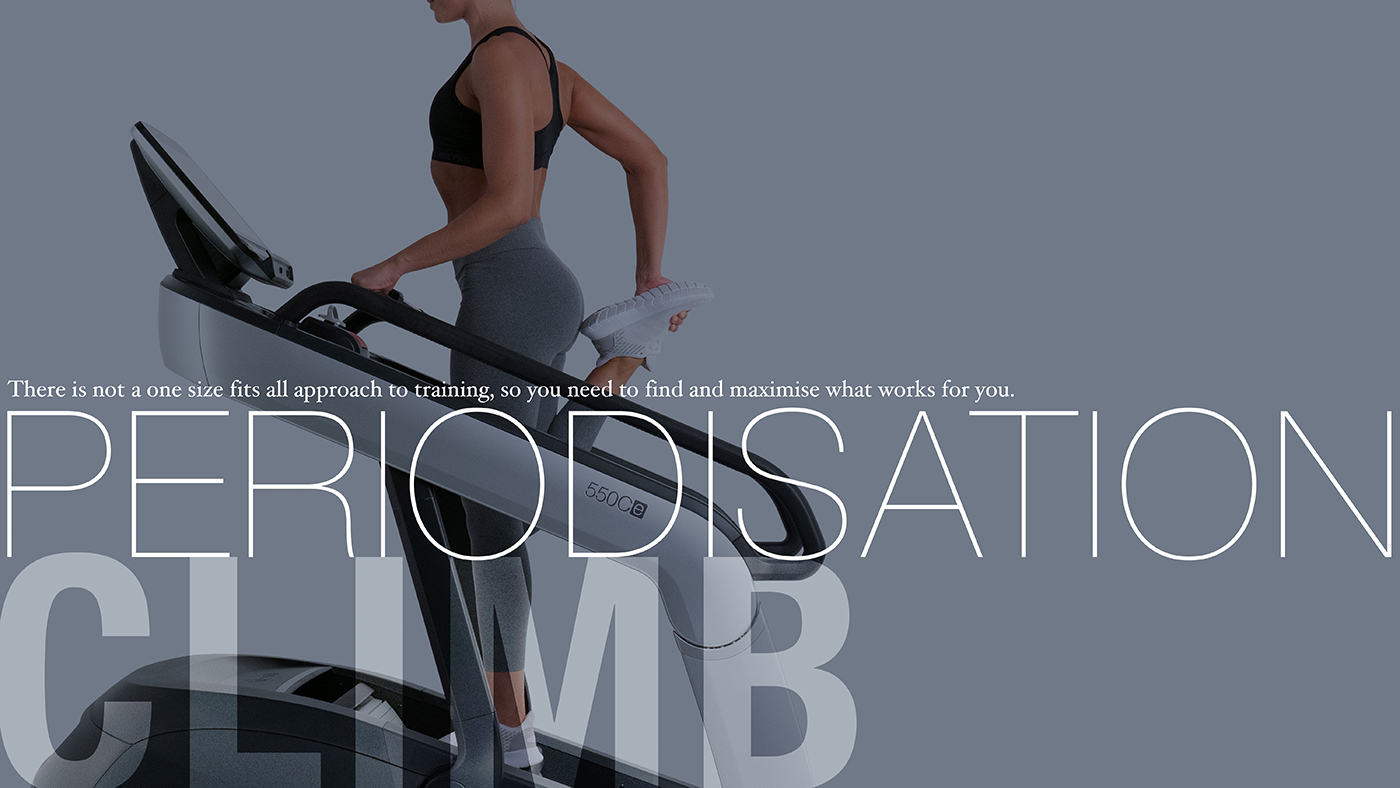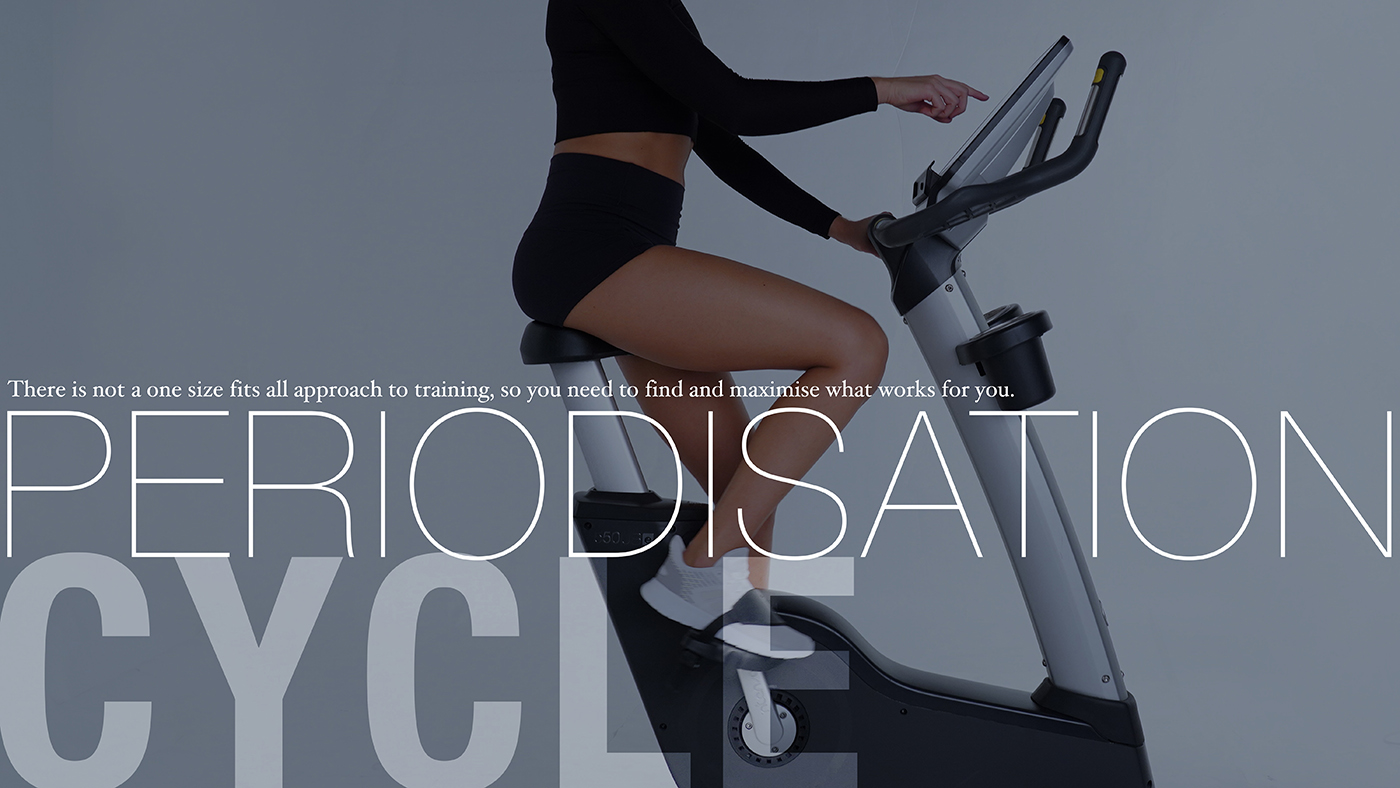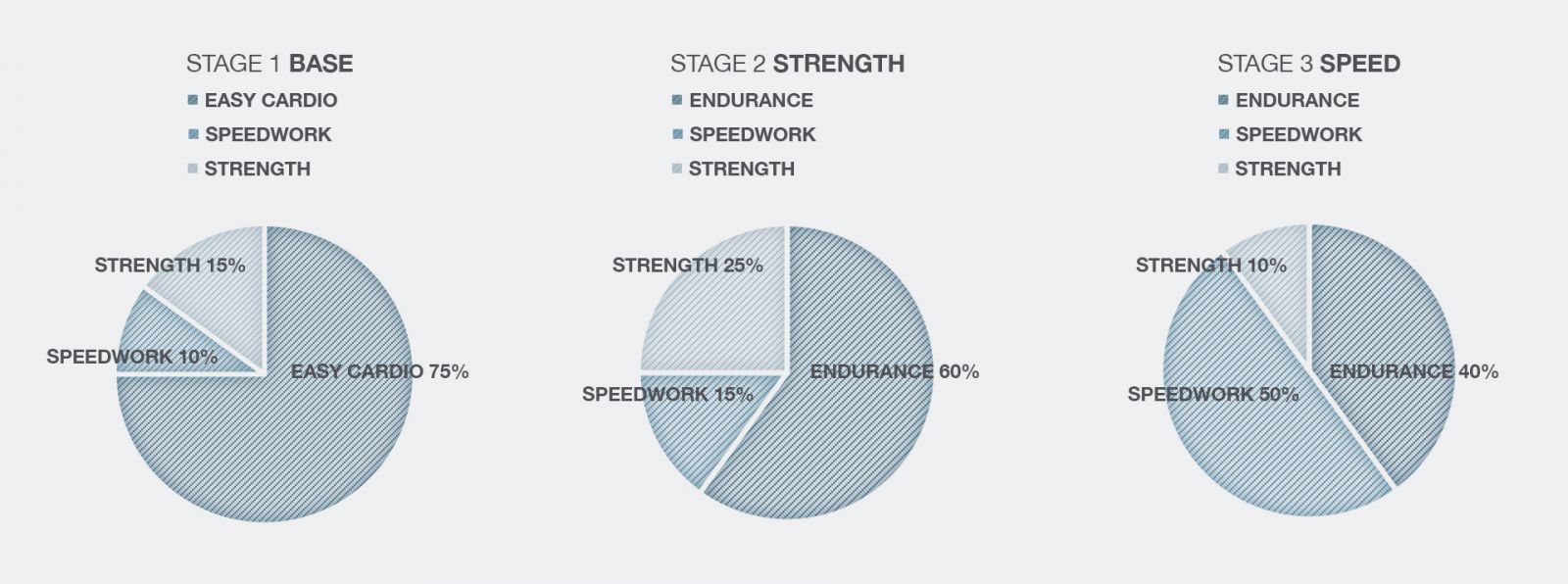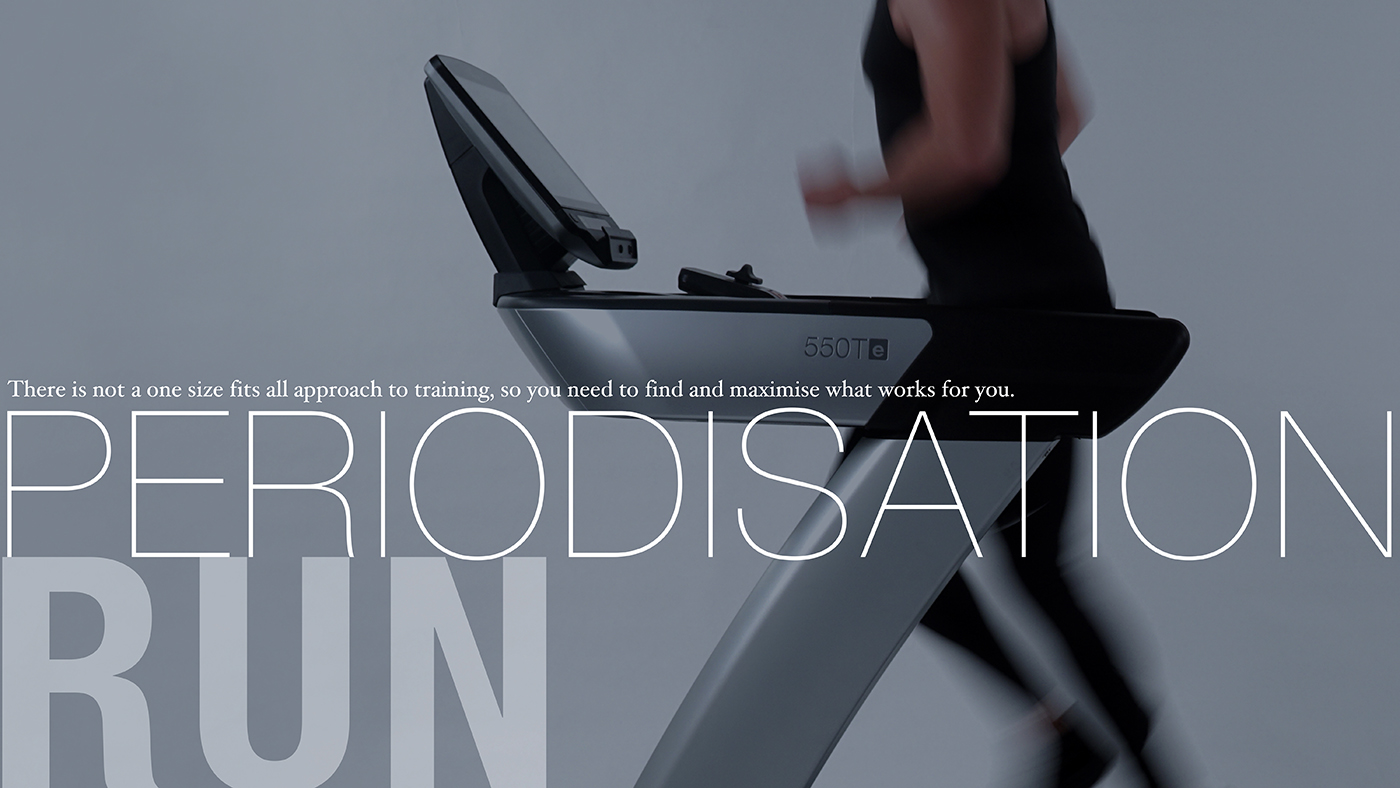
Planning. Performance. Periodisation
No matter the exercise type, race or competition, periodisation can be used to enhance performance. It is a highly effective method of training and is accessible to the broadest range of exercisers— it’s also a great way to track progress and bypass training plateaus.
The term periodisation may be familiar to competitive athletes and coaches, but is probably not a term every gym member has heard of. Put simply, it is the division of a training year into smaller and more manageable intervals with the aim of managing and coordinating all aspects of training to bring an athlete to peak performance at the most important competition; or managing performance across a long period of time.
A broad term, periodisation is key when it comes to training, and is one of the most important parts of a fitness program’s ultimate success. Structuring training to achieve performance results involves dividing a plan into phases and training units— simply, the organisation and planning of training. The basis of periodisation is changing training variables such as load, volume, rest periods and intensity to achieve the desired effect or goal.
The Three Cycles
Macrocycle. The long—term goal which can last anywhere between 1—4 years
Mesocycle. Usually lasting 3—4 weeks with a specific goal and training phase
Microcycle. The structural unit of the mesocycle, usually lasting 1 week
The progression between each mesocycle depends on periodisation “type” which generally falls into one of three styles: linear, non—linear and block. Linear follows a predictable progression across the cycles, whilst a non—linear cycle uses frequent variations. For example, a linear periodisation cycle for a runner would increase run intensity as the program progresses. Other factors that could vary include the focus on endurance, distance, speed, strength or recovery. A non—linear periodisation means a runner might focus on distance training one mesocycle and strength training during the next.

Nick Symmonds, two—time Olympian
Regardless of training method, and time, human athletic performance cannot consistently peak throughout the year therefore, by using periodisation to plan and schedule training, athletes can prevent “overtraining” to ensure that they’re in peak condition during their most important competitions.

Periodisation is not just limited to athletes and Olympians, for any exercisers who have fitness goals or work out consistently, it also has value. Intenza brand ambassador Jill Kuhn is no full—time professional athlete, but when training for marathons and triathlons, she incorporates periodisation to improve her race performance. For Jill, periodisation helps her train to run faster, and decreases her chances of injury and burnout. She follows a non—linear periodisation program that divides mesocycles into a base, strength, speed, taper, race and finally recovery schedule. During each stage, she distributes her workout program amongst running, strength and speed training differently.
Jill Kuhn, Intenza Brand Ambassador

Climb. Run. Cycle
No matter the exercise type, race or competition, periodisation can be used to enhance performance. It is a highly effective method of training and is accessible to the broadest range of exercisers— it’s also a great way to track progress and bypass training plateaus. Alongside a good program however, remember that diet is also key and with the two tied in together, there is no reason that you won’t succeed. Planning in the pursuit of an exercise goal is #howfitnessshouldfeel


Brand stories
Destination Wellbeing. Intenza Bali Installations
For travellers seeking comprehensive fitness solutions, there are fully loaded gyms which carry Intenza such as Avenue F...

Brand stories
Wonder Woman
Jill Kuhn inspires thousands all over the world with her exploits competing in ultramarathons and triathlons and as Inte...

Brand stories
Mindful Movement
The act of staying present, or “mindful”, has been found to help with the regulation of emotion, stress and anxiety. B...



